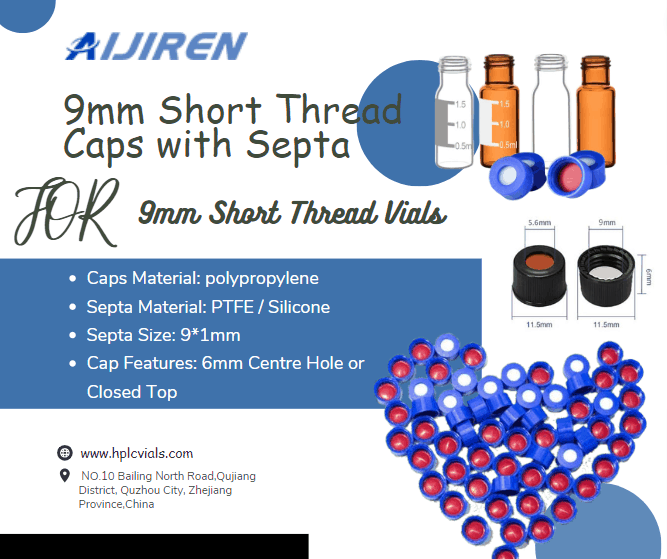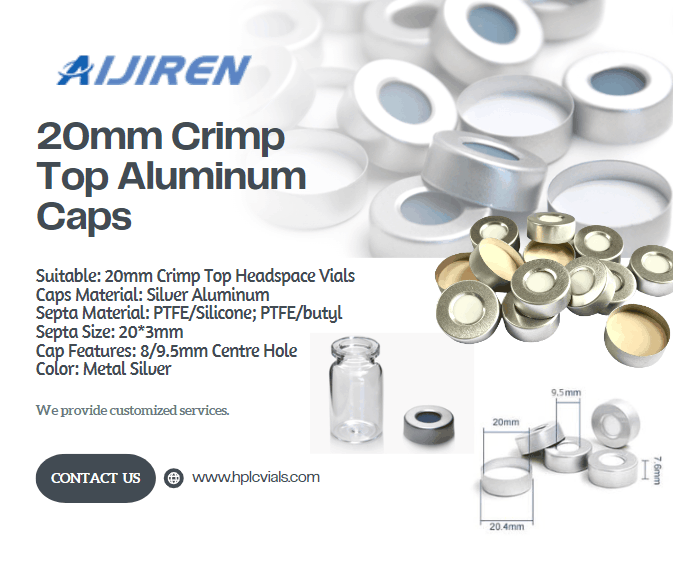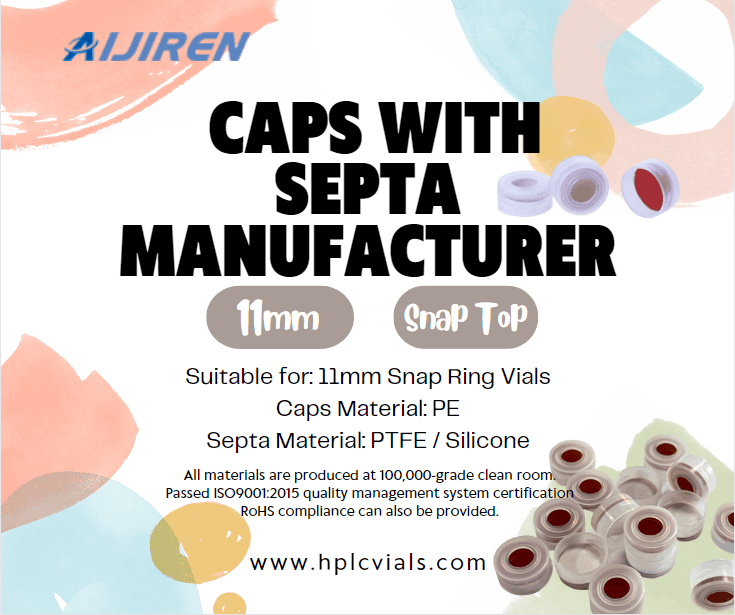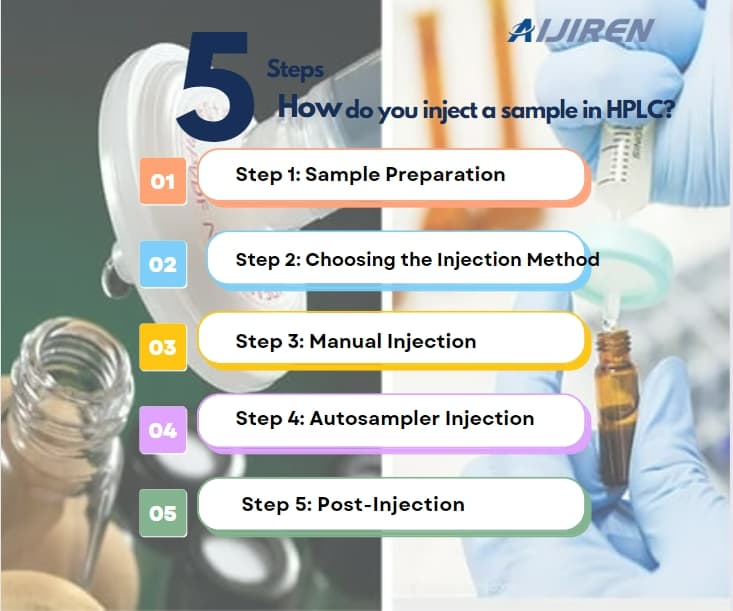How to choose the Right Chromatography vial?
Choosing the right chromatography vial requires careful consideration of material, size, cap format, septum compatibility, instrument fit, and more. By matching your vial selection to your specific analytical needs, you can improve the accuracy and reproducibility of your chromatographic analysis, ultimately resulting in more robust and reliable results.
Screw caps, crimp caps, and snap caps are three common types of closures used for chromatography vials, each with its own unique characteristics, benefits, and optimal use scenarios.
screw neck top
The screw cap is threaded on the neck of the vials, making it easy to screw in and out of the vials without special tools. They usually have a septum under the cap for sampling. A sealing method with low evaporation, reusable, and less damage to hands compared with crimping seals. It is the most widely used product on the market, saving experiment time.
screw cap can be resealed and unsealed without compromising seal integrity. This is advantageous when multiple injections or analyses are required. They are compatible with various types of septa and are suitable for a variety of chromatography applications, including gas chromatography (GC), liquid chromatography (LC), and headspace analysis. The screw cap provides a good seal, minimizing the risk of sample evaporation, contamination, or escaping of volatile compounds. This is critical to ensure accurate and reliable chromatographic results.

crimp top
When properly tightened, crimp caps provide a reliable airtight seal that prevents sample evaporation and contamination. They are ideal for applications where seal integrity is critical. A tight seal helps maintain sample integrity during storage, ensuring minimal changes in sample composition or concentration. crimp caps are not reusable and require a capper to seal.

snap top
Snap top caps feature a snap-on design that pushes the cap onto the vial and “snaps” into place without crimping or tightening. Snap top caps are quick and easy to use, reducing the time required for sample preparation. No tools are required to use the snap cap, but the seal is not as good as that of the crimp top and screw top vials.

The material of the vials is also critical. The material of the automatic sample vials is mainly borosilicate glass material and PP material. Each material has different fields of application.
Glass Autosampler Vials
The most common type of Autosampler vial is the Type 1 Borosilicate Glass, which represents the least reactive glass. Type 1 glass has the least pH shift (lowest leaching characteristics) and a Coefficient of Expansion = 33 for Clear and 51 for Amber
Plastic Autosampler Vials
Plastic vials are an economical choice when you need vials of limited volume. Plastic vials are most commonly polypropylene (PP). Polypropylene vials are compatible with acetone, ethyl acetate, methanol, isobutanol, methanol, and methyl ethyl ketone. They are incompatible with cyclohexane, ether, dichlorobenzene, pentane, methylene chloride, and trichlorobenzene. Resistance to chemical interactions and thermal stability make it a common choice.
If you still don’t know how to make a choice, come and consult us!
Back to List
-
 下午2:56How do you inject a sample in HPLC?
下午2:56How do you inject a sample in HPLC? -
 上午9:04How Chromatography Empowers Drug Detection: A Powerful Analytical Technique
上午9:04How Chromatography Empowers Drug Detection: A Powerful Analytical Technique -
 下午5:01Navigating Micro Inserts for HPLC Vials: A Comprehensive Guide
下午5:01Navigating Micro Inserts for HPLC Vials: A Comprehensive Guide -
.jpg) 下午5:14Common faults and solutions of automatic samplers(1)
下午5:14Common faults and solutions of automatic samplers(1) -
 下午5:08Ensuring Sample Integrity: Navigating EPA Storage Vials Stability Guidelines
下午5:08Ensuring Sample Integrity: Navigating EPA Storage Vials Stability Guidelines

